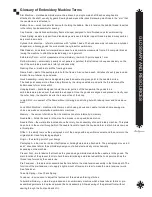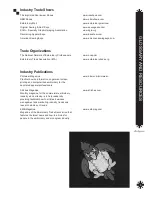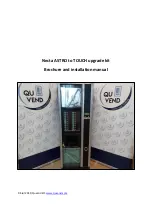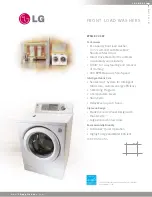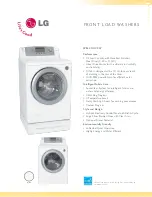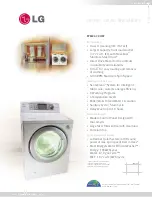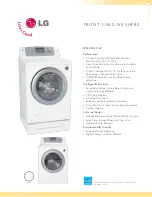
EM
BR
O
ID
ER
Y
B
USI
N
ES
S
5
Trademark
A trademark is a word, phrase, symbol or design, or a combination of words, phrases, symbols or designs
that identifies and distinguishes the source of the goods of one party from those of others.
To obtain your own trademark or for more information visit http://www.uspto.gov or write:
General Information Services Division
U.S. Patent and Trademark Office
Crystal Plaza 3, Room 2C02
Washington, D.C. 20231
Licensing
Licensing is when someone who owns the copyright gives “permission to use” not “own” to another party.
Most software companies sell licenses to use their software to a party who purchases the software pack-
age. It is important to read the license agreement that comes with the software to know exactly what you are
purchasing.
Organizations also sell licenses of their trademarks or images to others, known as licensing “intellectual prop-
erties.” In order to embroider a trademark or image, some organizations offer licensing agreements to allow
you to use their “intellectual property” on a garment or product. A contract is formed with stated usage rights,
terms, and royalties (from 3 – 15 percent on average) that must be paid on each product sold.
Embroidering Corporate Logos
You must obtain permission in writing from an authorized agent of the company before reproducing any busi-
ness logo. Most companies aggressively protect their copyrights and trademarks.
Using Embroidery Stock Designs
Stock designs can be purchased from a number of companies. Several companies sell stock designs for
commercial use. Stock designs are generally licensed to one user who can use the designs freely for their
customers. Stock designs sold for “home use” usually cannot be sewn and sold for commercial purposes. It is
important to read the licensing agreement which states what is or is not allowed.
Protect your business
If a client brings in a logo or image to be embroidered always make sure you have obtained permission to em-
broider it on a product or garment. Ask for a letter of authorization to reproduce the design from your client.
Sometimes it may seem legitimate when they actually do not have the proper authorization. For example, a
Chevy car dealer doesn’t necessarily have the right to reproduce the Chevy logo on products they sell or use
in their dealership. In the case of Chevy, the authorization needs to come from General Motors’ home office.
Embroidery Software Protection Coalition
The Embroidery Software Protection Coalition (ESPC) is a non-profit group of embroidery software and de-
sign manufacturers whose purpose is to defend the integrity and quality of embroidery products by promoting
copyright compliance.
Summary of Contents for GS1501
Page 30: ...GETTING STARTED 28 ...
Page 31: ...GETTING STARTED 29 The Control Panel Display ...
Page 62: ...EMBROIDERY BASICS 28 Notes ...
Page 64: ...MACHINE BASICS 2 ...
Page 65: ...MACHINE BASICS 3 ...
Page 70: ...MACHINE BASICS 8 ...
Page 71: ...MACHINE BASICS 9 ...
Page 78: ...MACHINE BASICS 16 Notes ...




















